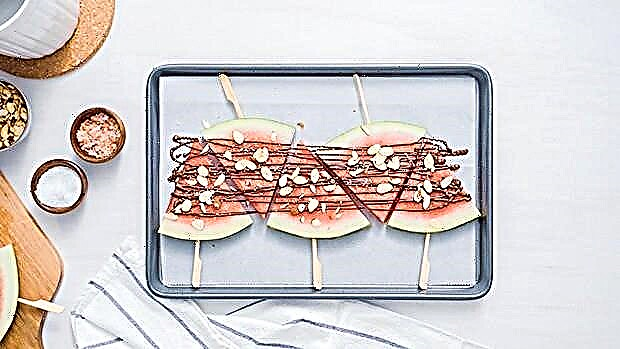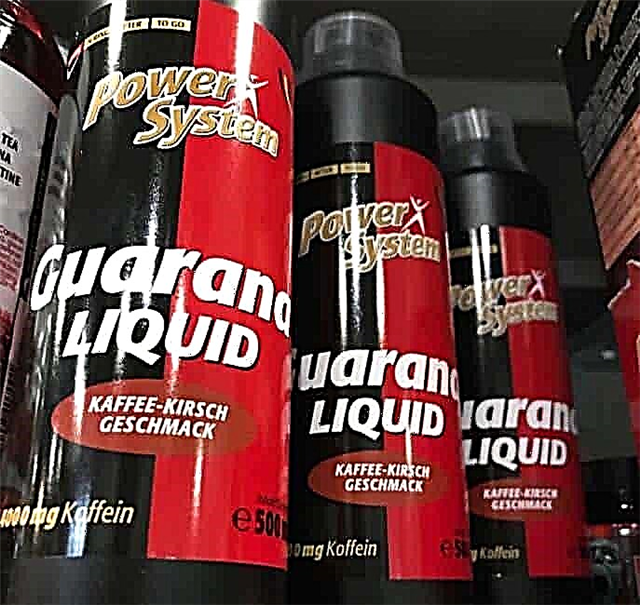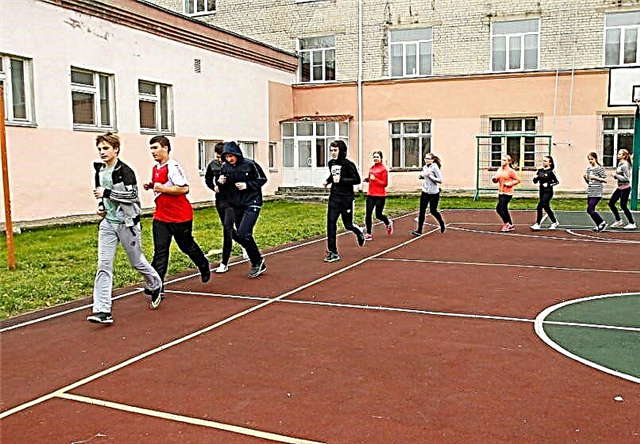On May 1, 2016, I took part in the Pobeda Volgograd marathon. Although exactly a year ago at the same marathon I showed the time of 3 hours 5 minutes. At the same time, I began to fully prepare for the marathon only in November 2015. Thus, in six months of training, I improved the result in the marathon by half an hour, jumping from the 3rd grade to almost the first. How I ran this marathon, how I let my body down and how I ate, I will tell in the article.

The main thing is to set a goal
Exactly six months ago, on November 4, 2015, I ran a half marathon in Muchkap at 1.16.56. After that, I realized that I was tired of marking time in long-distance running, and I set myself a goal in 2016 to run a marathon in 2 hours 37 minutes, which is equal to the level of the first category at this distance. Before that, my best result in the marathon was 3 hours 05 minutes. And it was shown on May 3, 2015 at the Volgograd Marathon.
That is, improve the result by half an hour and jump from category 3 to the first within a maximum of a year. The task is ambitious, but quite real.
Until November 4, I trained completely chaotically. Sometimes I ran cross-country runs, worked with my students, sometimes did general physical work. In a week he could run from 40 to 90-100 km, of which not a single special job.
After November 4, after consulting with the coach, who suggested how best to build a general outline of training, he made a training program for himself. And he began to practice 2 times a day, 11 workouts a week. Regarding the training scheme, I will write a separate article, in this I want to tell you in general about the marathon, when I began to prepare and how I let my body down.
Marathon eyeliner
The issue of leading to the main starts is always very difficult. You need to be guided by your feelings and correctly distribute the load 1-2 weeks before the start in order to approach the start rested, but at the same time so that the body does not relax too much.
There is a standard eyeliner scheme, in which the intensity of training decreases, with a slight decrease in running volumes right up to the very start. Using this scheme, I tried to bring my body to the first marathon in 2016, which I ran in early March.
Running showed that this type of eyeliner does not suit me at all, because due to the large decrease in the load, the body relaxed too much by the time of the start. And I decided to change the principle of the eyeliner for the next marathon.

For this marathon, I made the eyeliner as follows. 4 weeks before the marathon, I ran 30 km at a pace of 3.42 per kilometer, in 3 weeks I ran the top ten at 34.30. In two weeks I did a good interval of 4 times 3 km at a pace of 9.58 for every 3 km, which was the final workout with full gear before the marathon. Then, during the week, he maintained the intensity with various variations of progressive and regressive running, when the first half of the distance was run slowly, the second quickly and vice versa. For example, I ran 6 km at a slow pace at a speed of 4.30, followed by another 5 km at 17.18. Thus I spent the entire week, which was two weeks before the marathon. At the same time, the running volume was maintained at the level of 145-150 km.
A week before the marathon, for 5 days, I ran about 80 km in total, of which two workouts were interval, with the pace of speed intervals of 3.40-3.45, that is, the average pace of the upcoming marathon.
Due to this, it was possible to fulfill the main task of the eyeliner - to approach the start rested, and at the same time not to relax the body.
Meals before the race
As usual, 5 days before the start, I start to stock up on slow carbs. That is, I eat only buckwheat, pasta, potatoes. You can also eat rice, pearl barley, rolled oats.
He ate three times a day. At the same time, I did not eat anything fat, and nothing that could cause stomach problems. Also didn't eat anything new.
In the evening before the race, I ate a bowl of buckwheat porridge, which I brewed in a thermos. Was washed down with ordinary black tea with sugar. I did the same thing in the morning. Only instead of tea, coffee.
In the morning I ate 2.5 hours before the start. Since that is how much I digest this kind of food.
The marathon itself. Tactics, average pace.
The marathon started at 8 am. The weather was great. Little breeze but cool and no sun. About 14 degrees.
The Volgograd Marathon also hosted the Russian Marathon Championship. Therefore, the elite of the Russian marathon race stood in front.
I got up right behind them. In order not to get out of the crowd later, which will run clearly slower than my average pace.
From the very start, the task was to find a group with which I would run, since running a marathon alone is quite difficult. In any case, it is better to run at least the first part in a group, to save energy.
500 meters after the start, I saw Gulnara Vygovskaya, the champion of Russia in 2014, running ahead. I decided to run after her, because I remembered that at the Russian championship, which was also held in Volgograd two years ago, she ran at about 2.33. And I decided that the first half she would run a little slower to roll on the second.

I was a little wrong. We ran the first lap in 15 minutes, that is, 3.34. Further, at this pace, I held on to the group led by Gulnara for 2 more laps. Then I began to understand that the average pace of 3.35 is clearly too high for me.
Therefore, I began to gradually lag behind. The first half of the marathon was about 1 hour and 16 minutes. This was also my personal best in a half marathon, which I set during the marathon. Before that, the person in the half was 1 hour 16 minutes 56 seconds.
Then he began to run more slowly, focusing on the stock of pace. Taking into account the quick start, I calculated that in order to run out of 2.37, you need to run every kilometer around 3.50. I just ran. The legs felt great. Stamina was also enough.
I kept the pace, waiting for 30 kilometers, on which I was already catching a "wall" in two out of 4 marathons. There was no wall this time. There was no wall even after 35 km. But the strength was beginning to end.
Two laps before the finish, I looked at the scoreboard. I calculated the average pace with which I need to run the remaining two laps and went to work at this pace. Around the finish line, it began to darken a little in my eyes. Physics, in principle, was enough, but I began to fear that if I ran faster, I would simply faint.

Therefore, I ran to the edge. Finishing 200 meters worked to the maximum. However, even on the scoreboard I did not run out of 37 minutes - 2 seconds were not enough. And according to the specified data, even 12 seconds were not enough. Given the fact that 12 seconds in a marathon at a running level slower than 2.30 can say nothing, I was still very glad that I was able to achieve the goal set for a year in six months. In addition, along the distance there were 20 "dead" turns by 180 degrees, at each of which 2-4 seconds were boldly lost. Apart from the broken pace. Therefore, I am more than satisfied with the result.
Food on the highway
There were two food stations on the track on each lap. The circle was 4 km 200 meters. I took an energy bar with me (carried in my pocket). At food points he took only water. They gave bananas, but they are difficult for me to digest, so I never eat them on the highway.
He began to drink already on the second lap. I drank often, every 2 km, but little by little.
After 8 km I began to eat one third of the bar, washed it down with water at the food point. And so on each lap, I ate a third of the energy bar. I asked my friend to stand on the highway one and a half kilometers before the food point and give me water in a bottle and bars if I run out. It is much more convenient to drink from a bottle than from a glass. Plus he poured water on the leg muscles to wash off the salt. It's easier to run this way.
He stopped drinking only on the final lap. The bar was no longer consumed 2 laps before the finish line, as he understood that he would not have time to digest. And I didn't want to waste time and energy on chewing when I had to breathe only through my nose.
The bars are the most common (as in the photo). I bought it in the MAN store. The bar is positioned as food for weight loss. It actually has a lot of slow carbs that are great for energy. One costs 30 rubles. I had 2 pieces for the marathon, but I bought five just in case. I pre-tested them in training in order to know for sure that the body reacts well to them.

General state
It ran surprisingly well. There was no wall, no signs of sudden fatigue. Due to a fairly quick start, the second half turned out to be decently slower than the first. However, due to the fact that in the first half it was possible to run behind the whole group, because of which the headwind did not interfere with running, and it was psychologically easier. That, in fact, the high tempo at the beginning was not a mistake, as the legs felt good.

After the finish, 15 minutes left. There was a full-fledged thrill of the masochist who finished the distance. After 15 minutes, it was already quite normal. Slight pain in the hips the next morning. There are no other consequences.
Final result, rewarding
As a result, I became 16th overall among men, considering the Russian championship. He became the first among amateurs. True, by the time they decided to reward me, the organizers had run out of cups and prizes. Therefore, I only got a certificate. Only the diploma also went to all female amateurs who completed the marathon, and one or two other age categories for men.
That is, the organizers did everything to ensure that the Russian Championship was held at a decent level, but they completely forgot that they still have amateurs who also ran the full distance. The funny thing is that they only have cups for third places. And for the first and second there was nothing left.
Moreover, the winners at satellite distances, 10 km and a half marathon, they awarded as needed - cups, certificates, prizes.
In addition, it turned out that I also became the best marathon runner among Volgograd residents (although I myself came from the region, so it was strange), and, in theory, a prize was also due for this. But the organizers did not announce in advance who should receive it, but wait "from the sea of the weather", provided that the downpour began, and no one wanted to go home for another 3 hours and everyone was tired.
In general, this nuance spoiled the impression. It was evident that they had spent all their efforts on organizing the Russian Championship. In addition, for the third year in a row, they have given the same medals by the finisher. Now I have 3 identical medals for the Volgograd marathon finisher, and my wife has two more. Soon we will be able to organize our own small Volgograd marathon. This suggests that they just did not bother.
I will set the next goal a little later. There is, of course, a desire to reach the CCM level. But the result of 2.28 seems to be too high. Therefore, we need to think.
P.S. Yet I was wrong about the award. After 2 days, the organizer called, apologized for the misunderstanding and said that he would send all the awards due to the participants. Which was very nice.










